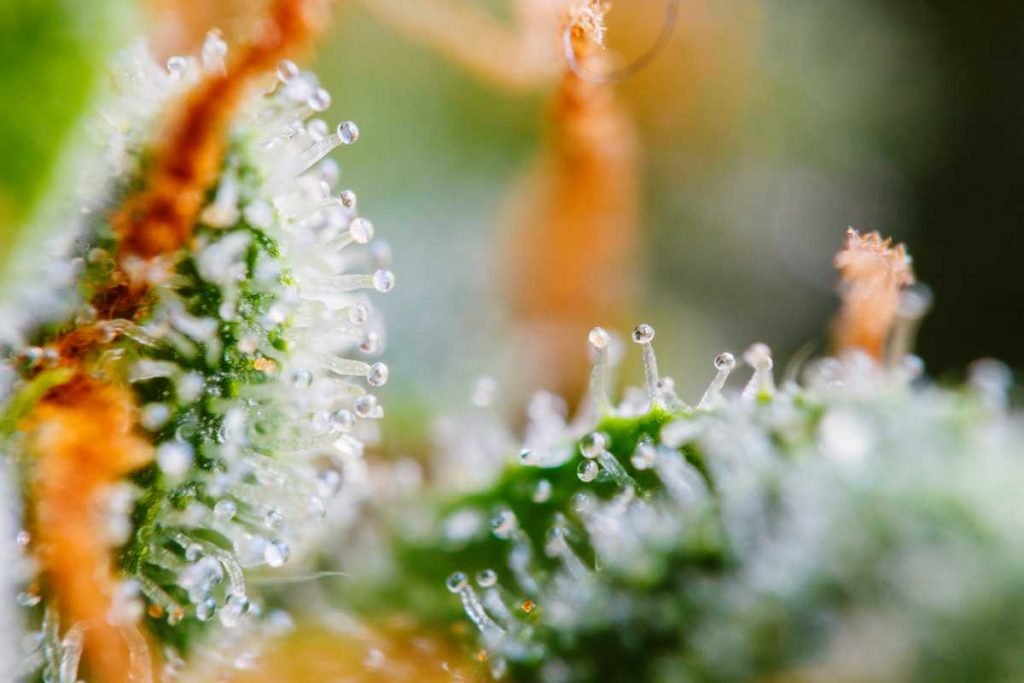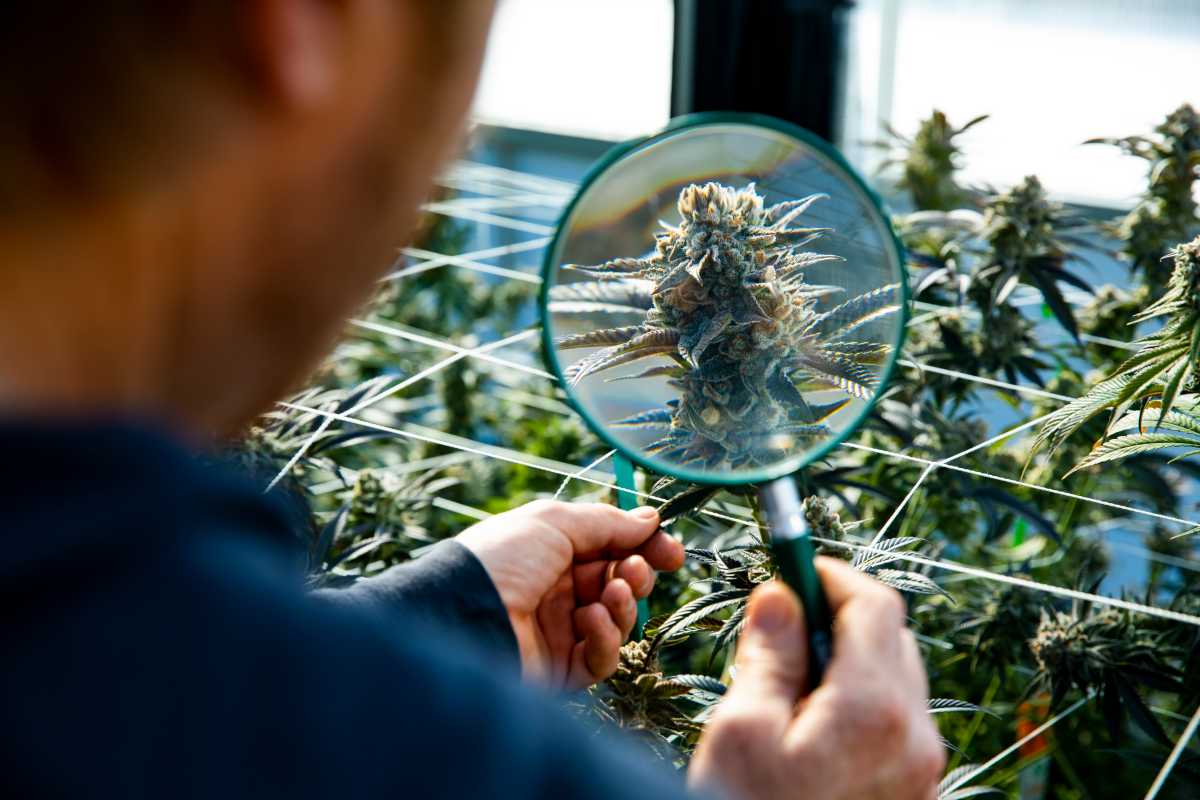Growing cannabis is a timing game. From seedling to harvest, you must do everything within a suitable timeframe. Flowering cannabis is one such essential process, but sometimes you end up flowering cannabis for too long. That can be a recipe for chaos!
These extremes; flowering for too long or too little time, have undesired consequences. Harvesting earlier than you should gives you immature buds, while flowering for too long gives you less potent buds, among other vulnerabilities.
Unlike vegging for longer that allows the plant to make more bud sites and fatten the buds, flowering for too long doesn’t add any structural leverage to your plant.
The plant switches off from growing new branches to fattening the buds and nourishing them. Thus, flowering longer won’t have a significant increase in yield.
It’s true the buds get potentiated in the later stages of the flowering process, but how long is too long to flower?
Are You Flowering Cannabis For Too Long?
If you begin to spot the amber trichomes turning black, then you’ve been flowering cannabis for too long. Doing so reduces the potency of your buds as the THC starts to degrade.
Most people who grow for CBD are more likely to extend the flowering time a little longer because CBD gets better the longer the flower. As THC begins to degrade, CBD gets more potent.
Thus if you’re solely interested in CBD, you will want to cut the buds when 60 -70% of the trichomes are amber. At this stage, the buds have begun to lose THC and will give that couchlock high.
Still, you shouldn’t wait for the trichomes to turn black. Black trichomes mean the buds are decaying. If you leave them any longer, the plant itself will senesce.
When you grow outdoors, you also want to protect your trichomes as much as possible. When you wait for too long to harvest them, you expose them to the ravages of the weather, like rain or gales.
RELATED READ: What Happens If You Wait Too Long To Harvest Your Cannabis?
Heavy pouring rain, the type that knocks trichomes off, can pound the trichomes from the flowers, leaving less potent buds.
Flowering for too long also means your buds will be out for longer, thus, more susceptible to mold and other fungal infections.

When Is The Right Time To Harvest Cannabis For THC?
The best time to harvest for peak THC is when most trichomes have turned from crystal clear to cloudy-white but are yet to turn amber. If you wait any longer, the THC will begin to degrade into CBN, the cannabinoid that makes for couchlock, lethargic highs.
It’s never about the yield solely; the quality of the buds determines your weed experience. The nostalgic, full-body high that most people enjoy comes only with peak THC.
Strains Also Determine How Long You Flower
The strain you’ve grown is a significant determinant of how long you can flower your cannabis plants. Sativas and sativa-dominant strains are best harvested when most of the trichomes are cloudy-white.
Indica and indica-dominant strains, on the other hand, require a little more time to achieve optimal cannabinoid potency. They should be harvested when at least 50% of the trichomes have turned amber.
Still, the strains you grow will determine how different your highs will be.
Indica-dominant strains will lean towards the drowsy high, even when you harvest at peak THC. Sativa strains are the opposite, fueling you with a pleasant, energetic high.
Flowering cannabis for too long can alter the potency and taste of your buds severely.Always stick to using the jewelers’ loupe to know when to harvest. If you decide to trust your naked eyes and the changing color of the trichomes, cut the buds when most of them are cloudy-white.
Flowering For Long Can Result In Seedy Buds
Apart from losing potency due to THC degradation, flowering for longer also makes your buds more prone to becoming seeds.
The process is known in growing circles as rhodelisation and happens when you leave the plants to flower for too long that they begin producing seeds.
Rhodelisation can be used to create feminized seeds naturally without subjecting the plant to the stress of chemicals.
Growers who rely on it for feminized seeds just let the female plants flower for longer, forcing them to produce male flowers in an attempt to pass the genes by self-fertilization.
It takes a few pollens from unique female flowers to pollinate the rest.
Since you begin this process two weeks after you should have harvested, the plant may already be senescing by the time the pollens are ready. Thus hindering self-seeding.
Most growers attest that it can be a hit or miss when you need the seeds as sometimes the plant just senesces without indulging in seed making.
However, when you’re more interested in the potency of your buds, then you wouldn’t want to risk harvesting seedy buds.
In conclusion, the flowering duration depends on the strain you’re growing and the effects you want to get from your buds.
Some strains will be ready for harvest after two months of flowering, while some can go a month more to achieve peak potency.
Know the effects you’re going for—harvest when the trichomes are cloudy-white for recreational THC-heavy weed. Wait a little longer to nurture the CBD in the buds.
Frequently Asked Questions
You can over flower cannabis and end up with less potent buds. It’s easy to over flower when you don’t know the effect you’re trying to achieve and the traits of the strain you’re growing. Whatever the effect or the strain, do not wait until the trichomes begin to turn black. Even CBD shall have begun to degrade.
Different strains require varied duration of flowering. While some sativa strains will be ready in 12 weeks from seed to buds, most indica and haze varieties take as long as 32 weeks to fully mature when grown from seeds.
You will let your plant flower a little longer if you want to harvest CBD-rich buds—harvest when at least 60% of the buds have turned amber. You can wait a little longer, but don’t let the trichomes turn black. This can might mean adding a week or two to when you normally harvest for THC.
External references:

